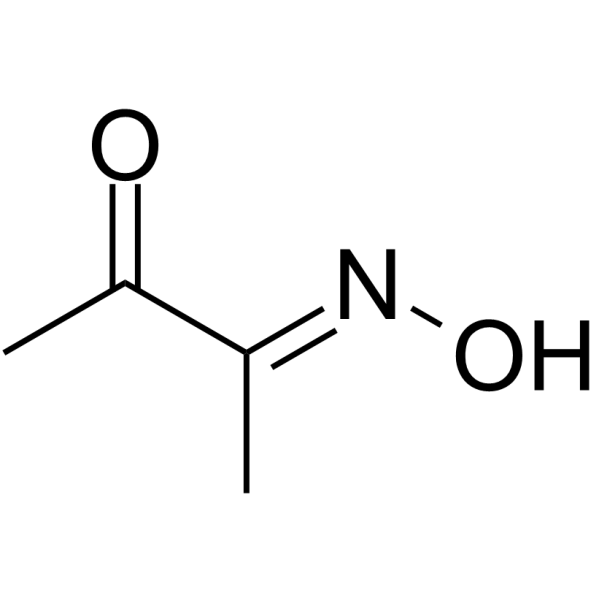Mechanical and spatial determinants of cytoskeletal geodesic dome formation in cardiac fibroblasts.
Emilia Entcheva, Harold Bien
文献索引:Integr. Biol. (Camb.) 1(2) , 212-9, (2009)
全文:HTML全文
摘要
This study tests the hypothesis that the cell cytoskeletal (CSK) network can rearrange from geodesic dome type structures to stress fibers in response to microenvironmental cues. The CSK geodesic domes are highly organized actin microarchitectures within the cell, consisting of ordered polygonal elements. We studied primary neonatal rat cardiac fibroblasts. The cues used to trigger the interconversion between the two CSK architectures (geodesic domes and stress fibers) included factors affecting spatial order and the degree of CSK tension in the cells. Microfabricated three-dimensional substrates with micrometre sized grooves and peaks were used to alter the spatial order of cell growth in culture. CSK tension was modified by 2,3-butanedione 2-monoxime (BDM), cytochalasin D and the hyphae of Candida albicans. CSK geodesic domes occurred spontaneously in about 20% of the neonatal rat cardiac fibroblasts used in this study. Microfabricated structured surfaces produced anisotropy in the cell CSK and effectively converted geodesic domes into stress fibers in a dose-dependent manner (dependence on the period of the features). Affectors of actin structure, inhibitors of CSK tension and cell motility, e.g. BDM, cytochalasin D and the hyphae of C. albicans, suppressed or eliminated the geodesic domes. Our data suggest that the geodesic domes, similar to actin stress fibers, require maintenance of CSK integrity and tension. However, microenvironments that promote structural anisotropy in tensed cells cause the transformation of the geodesic domes into stress fibers, consistent with topographic cell guidance and some previous CSK model predictions.
相关化合物
| 结构式 | 名称/CAS号 | 分子式 | 全部文献 |
|---|---|---|---|
 |
二乙酰一肟
CAS:57-71-6 |
C4H7NO2 |
|
Carbamylation of immunoglobulin abrogates activation of the ...
2014-11-01 [Eur. J. Immunol. 44(11) , 3403-12, (2014)] |
|
Elastic proteins in the flight muscle of Manduca sexta.
2015-02-15 [Arch. Biochem. Biophys. 568 , 16-27, (2015)] |
|
Metrics and clinical relevance of percutaneous penetration a...
2015-01-01 [Skin Pharmacol. Physiol. 28(2) , 57-64, (2015)] |
|
Mitochondria-targeted ROS scavenger improves post-ischemic r...
2014-12-01 [J. Mol. Cell. Cardiol. 77 , 136-46, (2015)] |
|
Cutaneous challenge with chemical warfare agents in the SKH-...
2011-06-01 [Hum. Exp. Toxicol. 30(6) , 491-8, (2011)] |